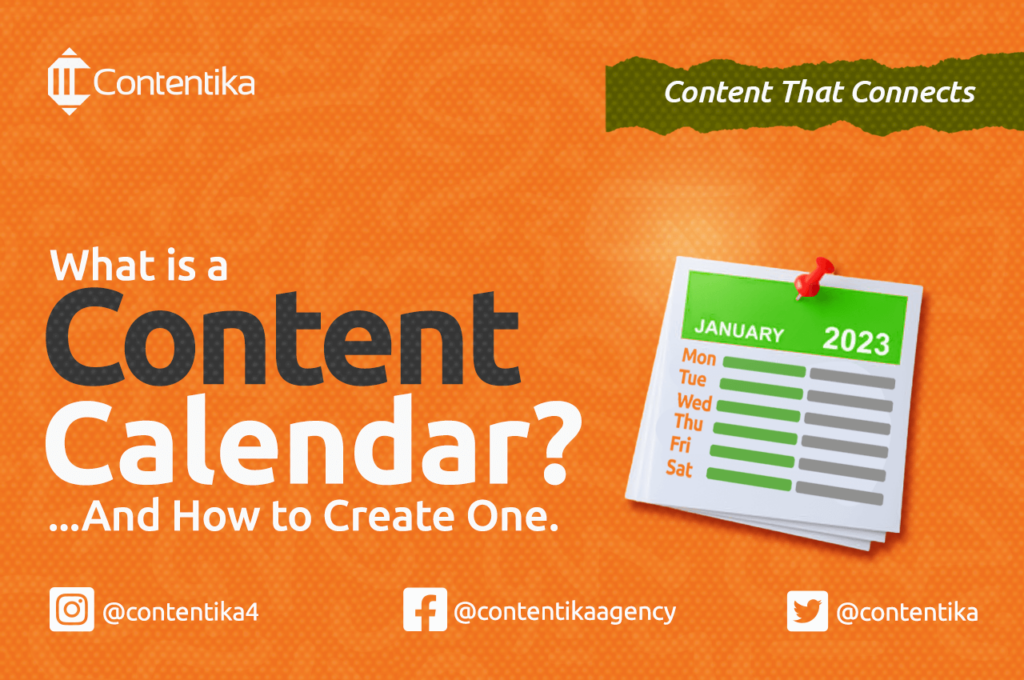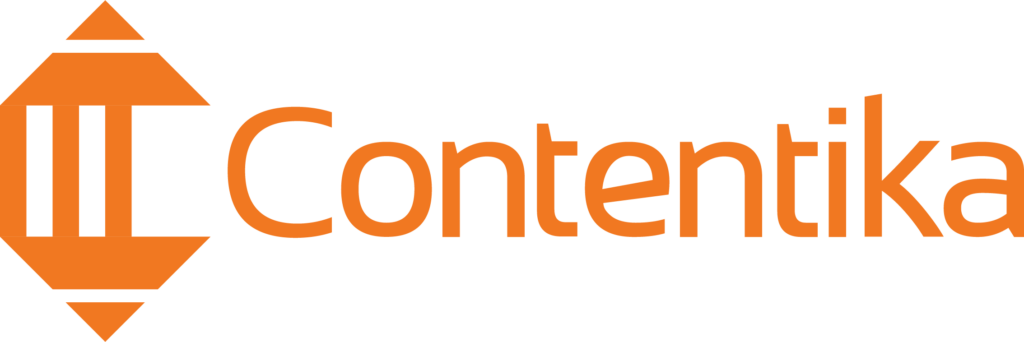What Is a Content Calendar and How to Create One?

If you’re like most businesses, you’re probably trying to find new ways to adjust to the realities of the modern-day market and improve your marketing strategy. One way to do that is by creating a content calendar. A content calendar is a document that outlines all of the content that will be published on your website and social media channels over a given period of time. This is a must-have for businesses that want to ensure they’re always publishing evergreen content and for people who want to plan and improve their content strategy. This article will teach you everything you need to know about content calendars and how to create one that works for you. What Is a Content Calendar and Why Do You Need One? As a business owner, you probably already have a lot on your plate. Trying to keep track of all the content you need to publish across multiple channels can be overwhelming and time-consuming. Publishing content is an essential part of marketing for businesses of any kind. In a content calendar, you plan out all the content you will post on your website and social media. It keeps track of topics, titles, publishing dates, and any other important information about your content. A content calendar helps you stay organized and on top of your content strategy. It allows you to plan and ensure that your content is aligned with your goals and target audience. It also enables collaboration within your team, so everyone knows what’s being published and when. Content Calendar vs. Content Strategy It’s important to note that a content calendar is not the same thing as a content strategy. Your content strategy should be your overarching plan for what kind of content you want to create and how it will help you achieve your business goals. Once you have a content strategy, you can start creating your content calendar. This document will serve as a roadmap for your content strategy and help you track your progress over time. Content Calendar vs. Content Format In understanding what a content calendar is, it is also important not to confuse it with your content format. Your content format is the actual structure of your content, such as blog posts, infographics, videos, etc. Once you’ve decided on a content format, you can start creating individual pieces of content that fit into that format. Most of the time, a content calendar will show the formats you’ve chosen for your content. Types of Content Calendar Depending on your needs, you can choose a few different types of content calendars. Some common types include: Social Media Content Calendar This type of calendar is designed to help you keep track of the content you publish on social media platforms like Instagram, Facebook, Twitter, and even YouTube. Using a social media content calendar template can help you make sure you’ve covered all the bases. Most of the time, a social media content calendar should include all the social media platforms that can be used with your content strategy. Editorial Content Calendar This type of calendar is used by content creators, such as bloggers and journalists, use this type of calendar to plan the topics and timeframe for their articles. It is typically used by publishers and news organizations. It helps keep track of content deadlines and ensure their content is up-to-date and useful. An editorial calendar can be used to show upcoming content like blog posts and editorial features, Email Marketing and Ads Content Calendar This type of calendar is used by businesses to plan and track their content marketing campaigns. Email marketing is a more direct way to reach and convert potential customers, so it is usually advisable to have a plan. Also, if your brand adopts a hybrid strategy that includes traditional marketing, you will need an ad content calendar to keep track of your advertising. Video and Infographic Content Calendar This type of calendar is most commonly used by businesses and brands that require a lot of visual content and by YouTubers and Vloggers. Any of the types of content calendars already discussed can have video content. This type of calendar is just more useful for brands that are heavy on video marketing. Benefits of a Content Calendar Because of how important it is for businesses to stay on top of their content management, it is often essential to create a content calendar to help your marketing and sales team manage your social media content and every other content relevant to your business. There are many benefits to having a content calendar, including: Helping You Stay Organized and on Track A content calendar can be very beneficial to your business because it helps you stay organized. You can see what parts of your content strategy have been implemented by monitoring the published content through your calendar. A content calendar also helps you to plan ahead, take note of important dates on the calendar, and prepare content to fit. Your social media accounts will definitely be better managed. Making It Easier to Measure the Performance of Your Content When you have a content calendar, it becomes much easier to measure the performance of your content. You can track social media engagement, website traffic, and conversion rates. While most platforms have built-in tools for analytics and tracking performance, a content calendar makes the process easier as you have something to reference easily. Helping You Better Understand Your Content Strategy A content calendar can also help you to understand your content strategy better. By looking at what content has been published and when you can start to see patterns and get a better understanding of what is working and what isn’t. This understanding will help you optimize your social media and website content strategy and adjust accordingly. Ensuring That Your Content Is Consistent and Aligns With Your Overall Marketing Goals. One of the most important benefits of having a content calendar is that it helps to ensure that your content is


